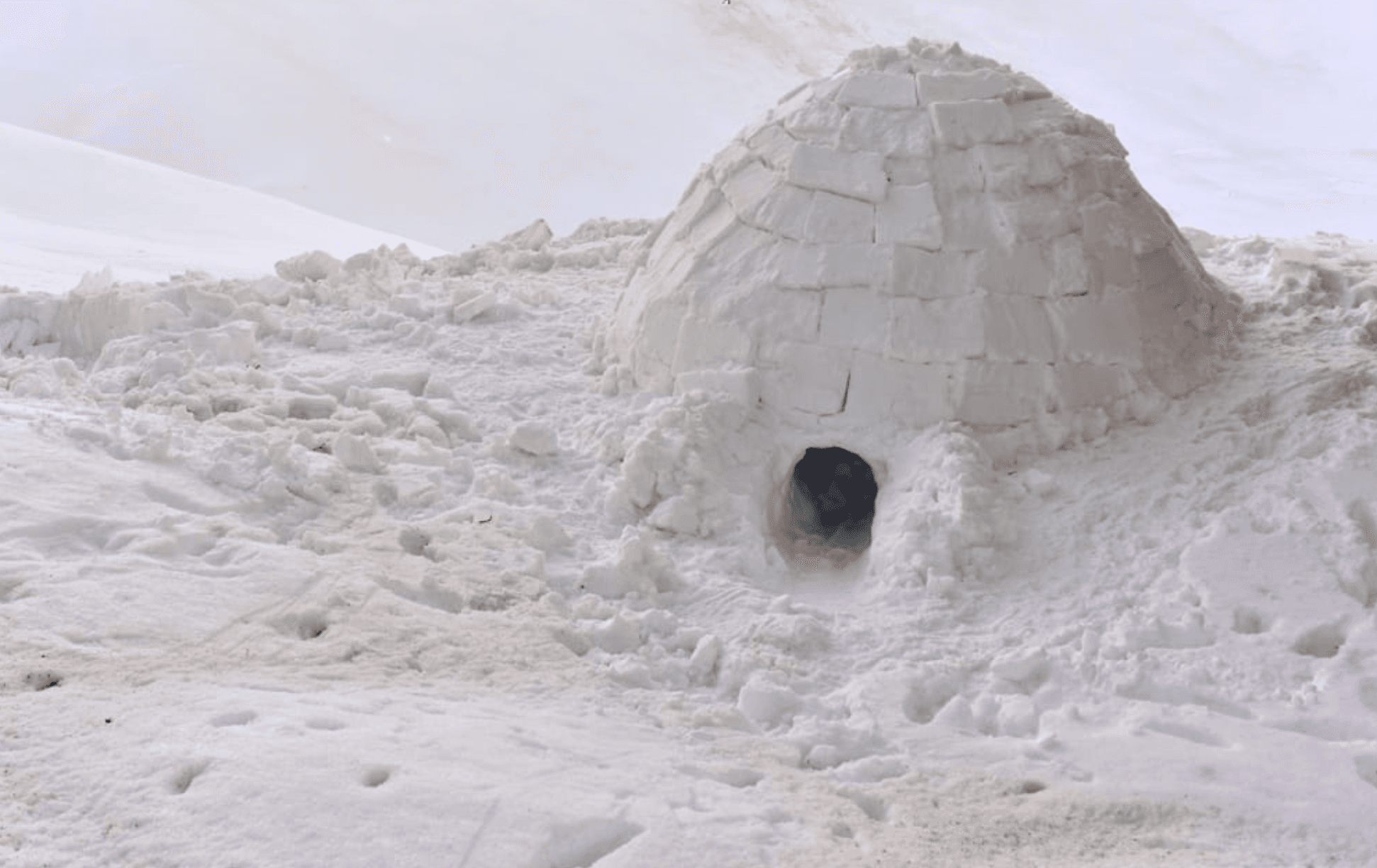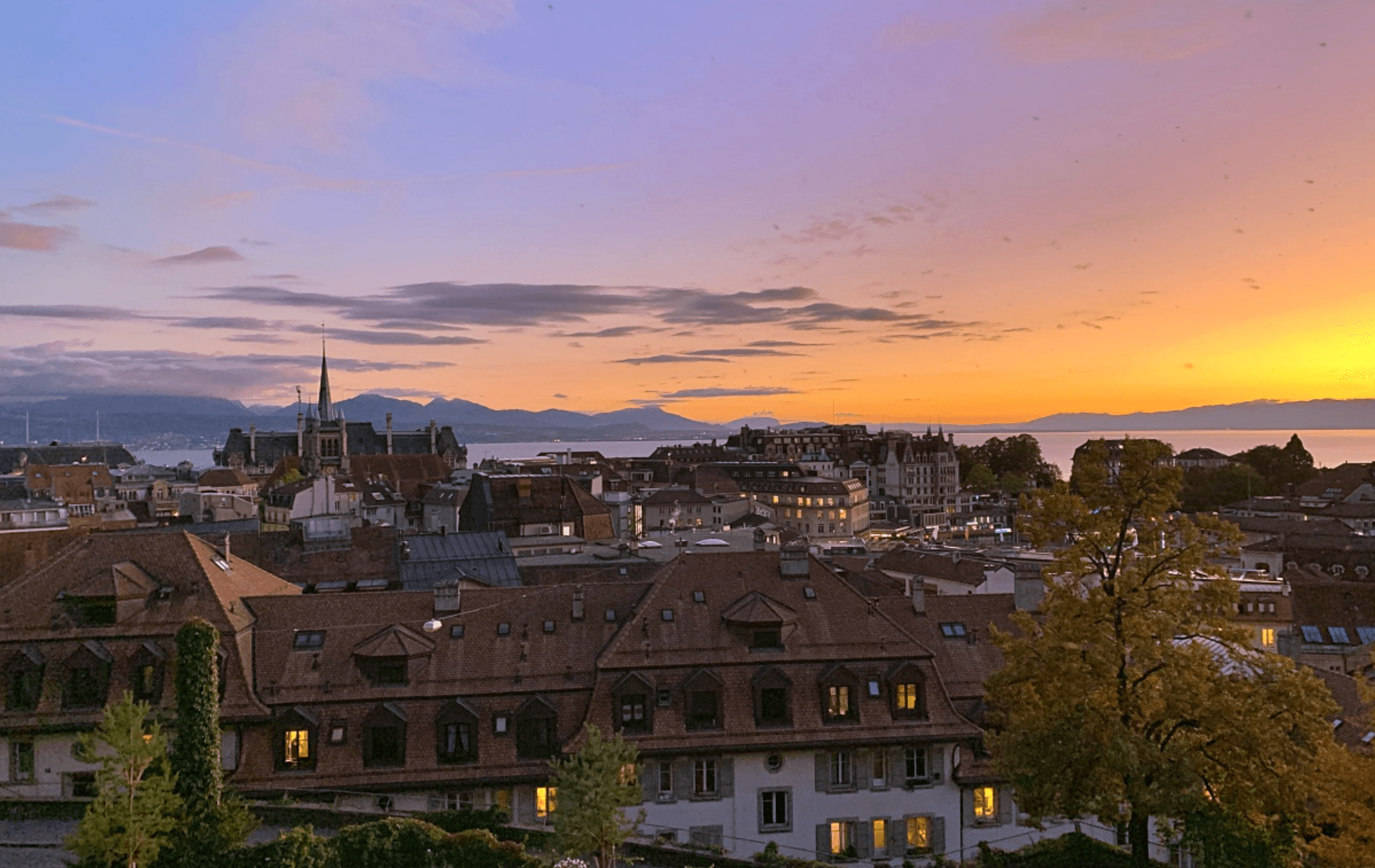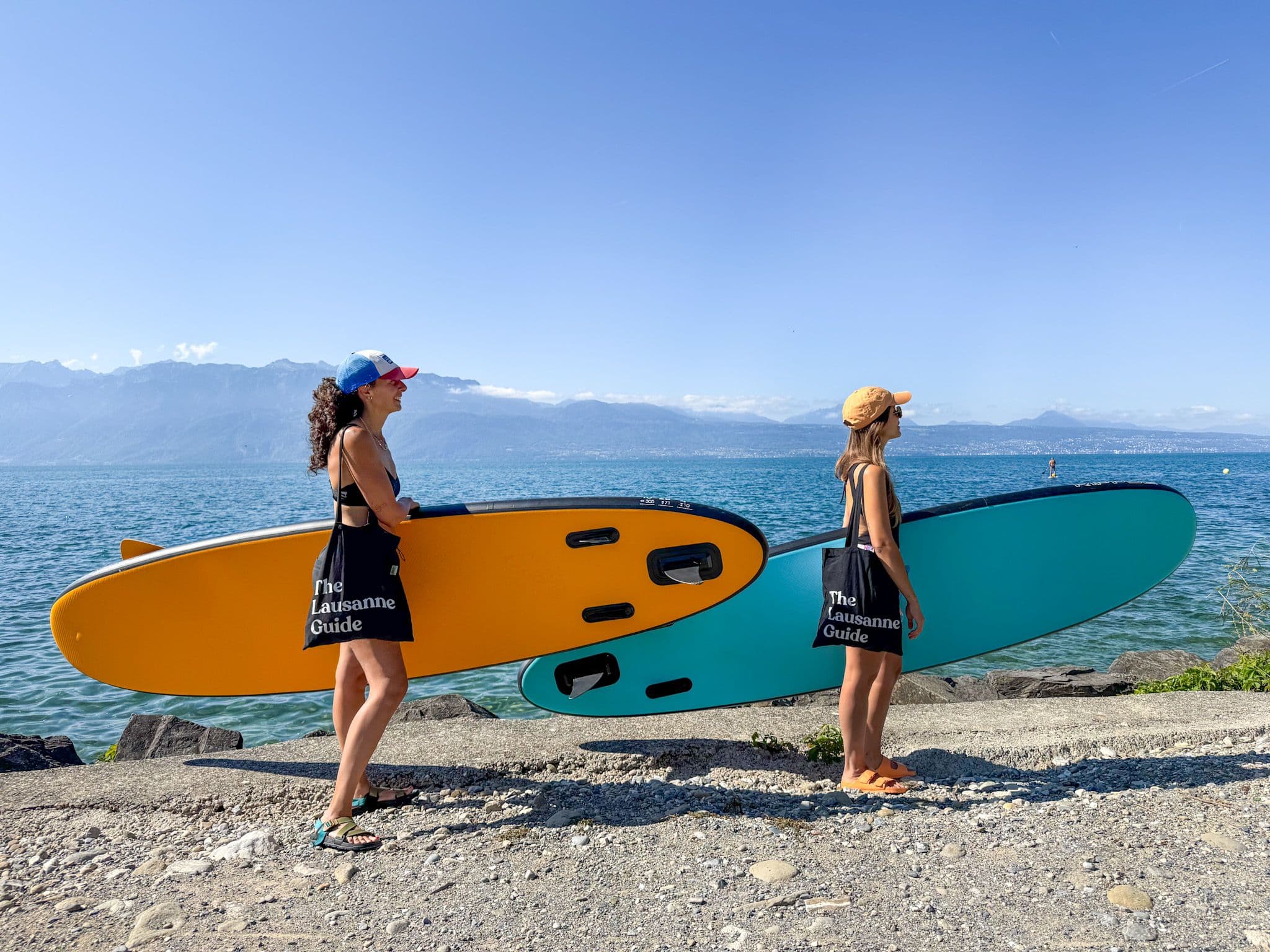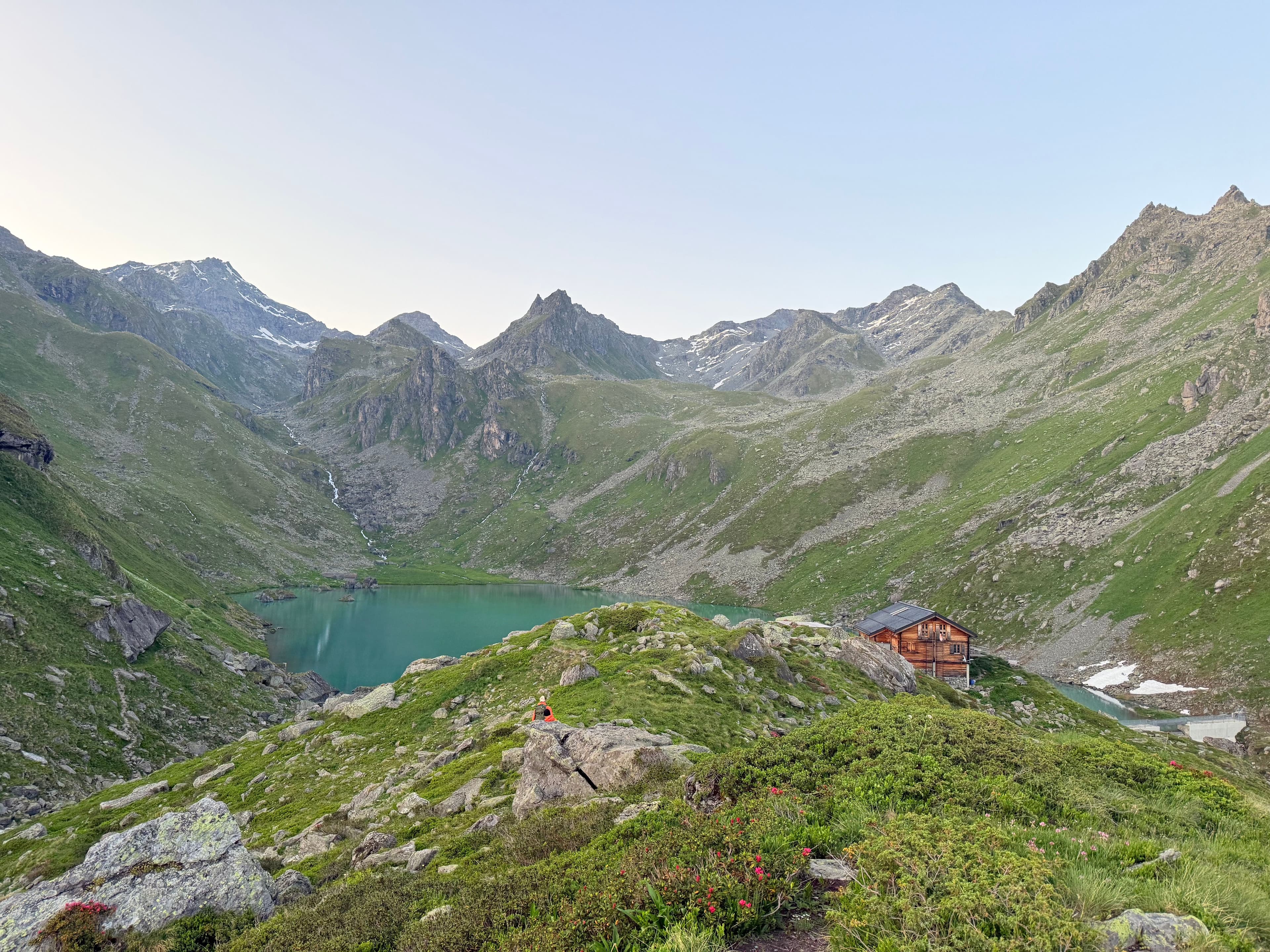Did you know there was such thing as an igloo saw? As in, a tool specifically commissioned to cut snow blocks for building? It’s a bit like an exaggerated bread knife (just not quite as sharp). I didn’t know of its existence until it was strapped to the backpack in front of me as we set off on our intrepid adventure.
Our mission: build and sleep in an igloo somewhere up the mountain ahead of us.
Takes deep breath; tries not to panic.
Don’t get me wrong, I love being out in the wild, sleeping close to the earth and the simple pleasure that comes from rudimentary living. But camping usually means there’s a vehicle somewhere nearby, stocked with emergency rations of food, water and couple of extra blankets. This trip was going to stretch my adventurous spirit to another level.
We walked away from the trusty car, stepped into the rickety gondola and shouldered our overstuffed backpacks whilst clumsily carrying our ski touring kit.
And up we went.
In case you feel inspired to have an igloo adventure of your own, allow me to share some valuable tips I learned on this adventure …
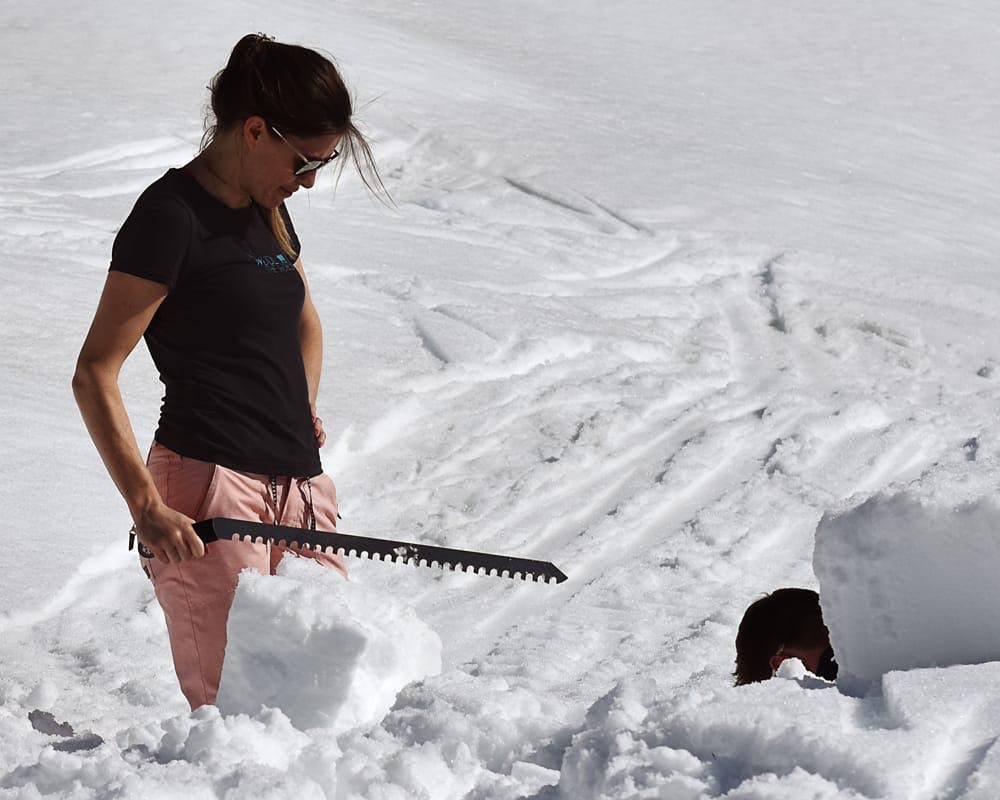
Come Prepared
Aside from the aforementioned igloo saw, constructing an igloo usually requires at least two people. On this trip, there were three of us, including two proud igloo saw owners. Having a light, compact snow shovel helps too,as well as at least one pair of spare gloves. Keep these dry at all costs and don’t be tempted to get them out too early. A completed igloo can be celebrated by pulling out a warm, dry pair of mittens from the backpack.
Location, Location, Location
As with any real estate worthy of mention, there’s an ideal setting for an igloo. It should be a large, open area of deep snow (at least 1m), sheltered from the wind and safe from potential avalanches. It is also a good idea to take note of any alternative shelter options around (Like, a fir tree with a big skirt of pine branches at the bottom). That way, in case the igloo doesn’t work, there’s a nearby plan B for the night.
Bear in mind that the laws for wild camping or bivouacking are not uniform across Switzerland. Generally, as long as its outside of a nature or wildlife reserve or National Park, a single overnight stay by a small number of respectfully behaved people above the forest line is allowed.
After hiking on our skis for a while, we found a perfect spot on a snow field that had breath-taking views of rocky mountains around us. Once we’d settled on the building site, I found my nervousness giving way to determination. Challenge accepted, backpacks off, the work began.
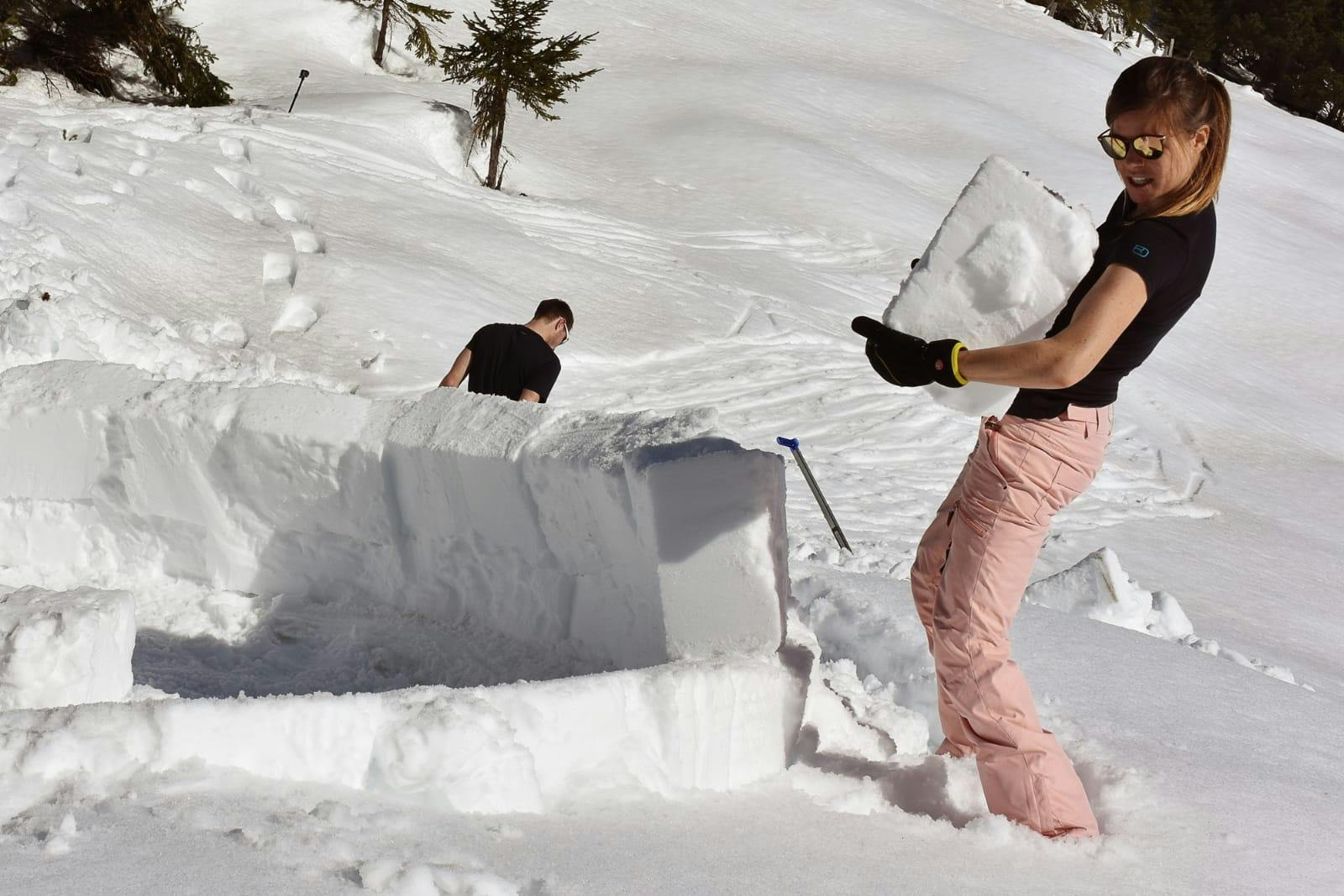
Technique
The first step was to draw the igloo perimeter and stomp down the snow inside. The diameter of the igloo should be just enough for the tallest person in the group to lie down flat. As the plan was for the three of us to sleep inside, we all laid down to check we wouldn’t have to rock, paper, scissors our way to a sleeping spot later that evening.
Next was to work on the snow quarry. We designated an area of about 3m by 4m (with at least 1m deep of snow) and got to work packing it down with our skis. This is where the igloo saw really comes into its own. I’ll admit, I’d been skeptical about its necessity, but when I saw the first block being cut, I was sold.
There’s an art to getting the first layer of an igloo wall right. It’s important to place the blocks so that they lean inwards from the beginning and shave this layer into a gradual spiral upwards. The rest of the dome shape should then take care of itself, until the final block, or capstone, is set into place.
Creating the entrance to the igloo was the final step. It required digging down about a meter away and then tunneling along the wall and up inside. For the claustrophobic, this is a low point in the experience. The tunnel is the only way in, and it is the only way out. My trepidation returned with the realization: success meant actually sleeping in this small but sturdy snow dome.
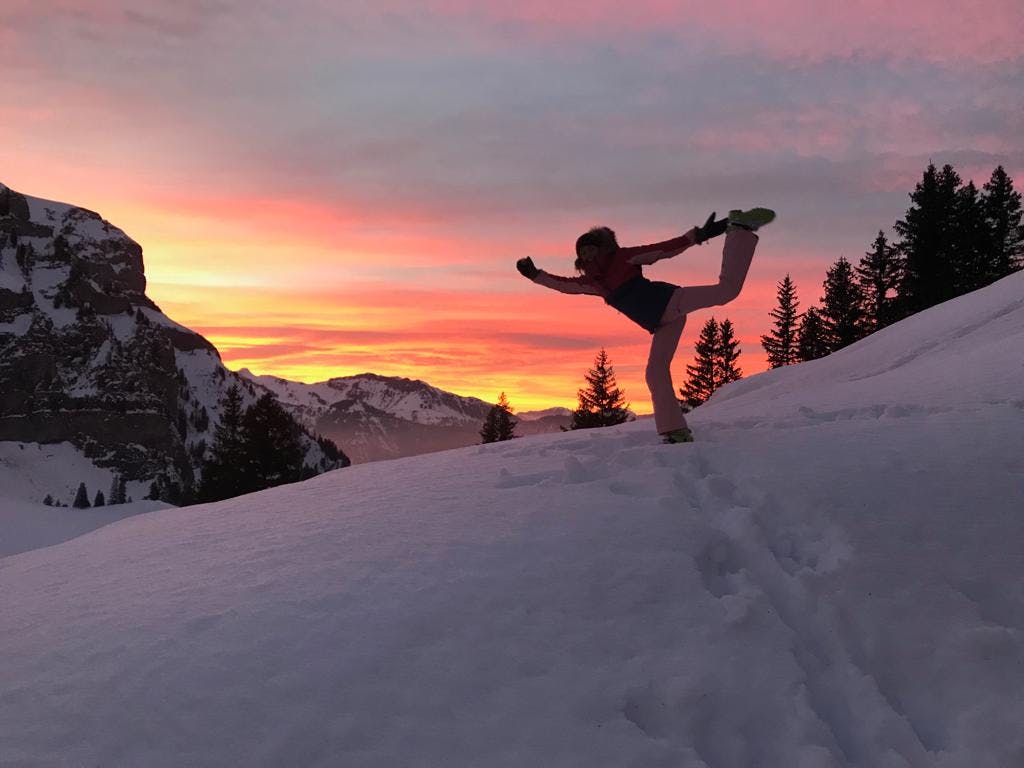
To Sleep, or Not to Sleep
Igloos were the ingenious invention of Inuits living in the Arctic regions of the world. In times long before access to building material and indoor heating was the norm, Inuits would build these ‘snow houses’ on their hunting trips to the brutally cold sea ice areas where seals could be found.
Contrary to popular belief then, Inuits didn’t permanently live in igloos. They were built as temporary camps. Which is just as well because whilst I’ve debunked one igloo myth, I’d like to address another: Igloos are not warm.
The tunnel entrance, which is lower than the sleeping area traps the coldest air, the thick walls guard against freezing winds, and snow is a good insulator to retain the body heat inside. Making it warmer than sleeping out in the exposed winds of the Arctic Tundra, but an igloo could never be described as cozy.
We were in it for the full Inuit experience, so we settled our satisfyingly achy bodies down to rest for the night, and eventually drifted into a kind of sleep. I was pleasantly surprised the next morning when I woke to see light through the spots of thinner snow, I hadn’t slept well but I felt rested.
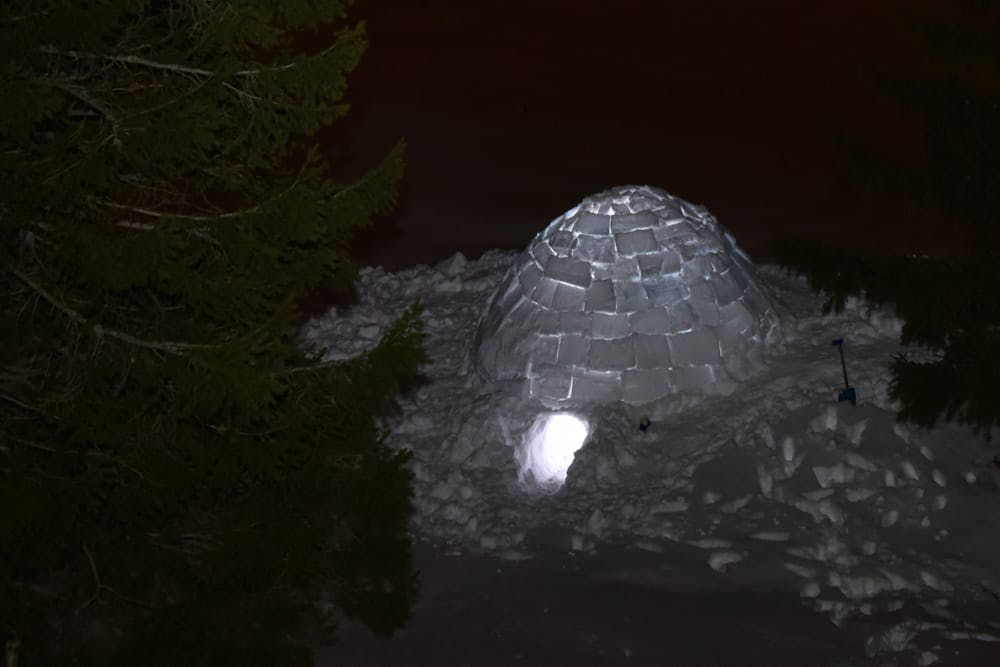
Heading Home
We eventually wriggled out of our cocoons, packed up and slithered through the tunnel into the bright, thawing sunshine of a new day. I stood up fully, stretched out, and enjoyed the limitless sky.
Walking away from the igloo, I looked back to see the solid structure that remained, evidence of what we had worked so hard to build. We were tired, sore and ready for some hot coffee. We’d labored for 5 straight hours and we’d be taking nothing with us but the memories (and the bragging rights).
Was it worth it?
Absolutely.
Whatever adventure we might be anticipating, or whatever we might be building – be it a career, community, family, more courage, or an igloo – we may get weary, feeling confined at times, and acutely aware of the long road ahead.
Yet, the hard work is always worth it when we realize that what we built has endured through the night, and so did we.
